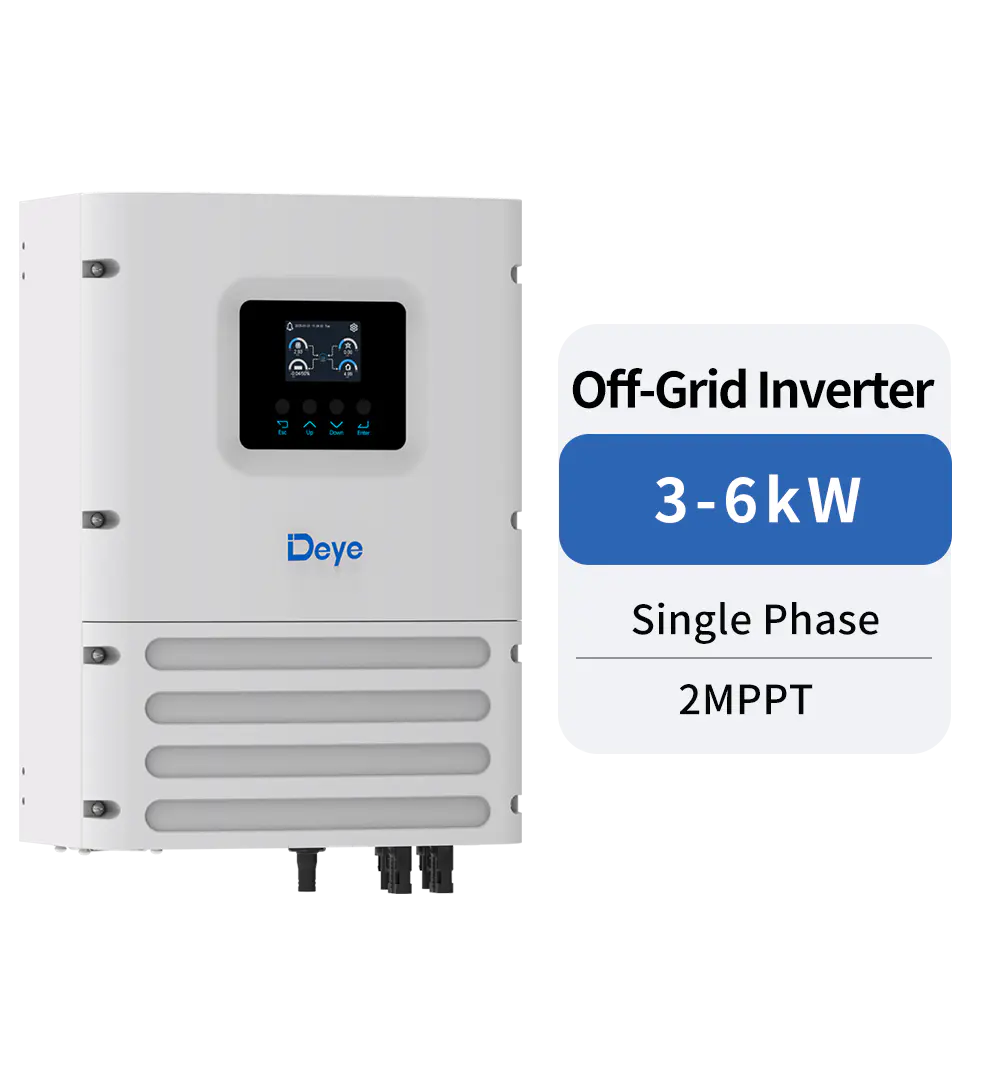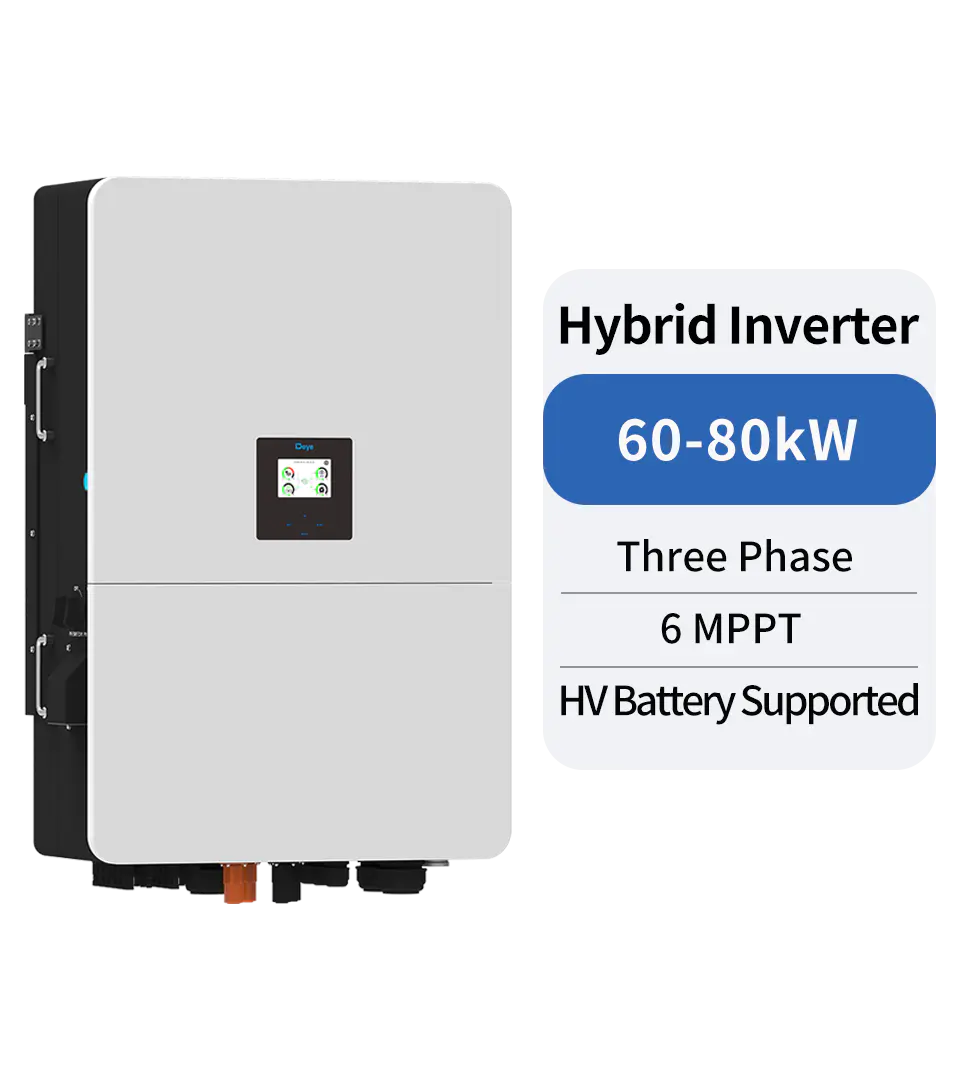Technical Topics
How to Choose the Right Solar Grid-Tie Inverter for Your Home
How to Choose the Right Solar Grid-Tie Inverter for Your Home
What Factors Should You Consider When Choosing a Solar Grid-Tie Inverter?
When choosing a solar grid-tie inverter, it is important to consider factors such as:
System voltage: The voltage of the solar panels should match the input voltage of the inverter.
Power output: The inverter should be able to handle the max. power output of the solar panels.
Efficiency: A higher efficiency rating means the inverter will convert more of the solar power into usable electricity.
Manufacturer reputation: Choose a reputable manufacturer with a good track record of producing reliable and efficient inverters.
What are the Different Types of Solar Grid-Tie Inverters?
There are several types of solar grid-tie inverters, including:
String inverters: These inverters are connected to multiple solar panels in a series, which can reduce efficiency if one panel is shaded or malfunctions.
Microinverters: These inverters are connected to individual solar panels and are more efficient than string inverters. They are also less affected by shading or malfunctions of a single panel.
Hybrid inverters: These inverters can be used with battery backup systems to store excess solar power for use during times when the sun is not shining.
How Do You Determine the Size of a Solar Grid-Tie Inverter?
To determine the size of a solar grid-tie inverter, you need to consider the max. power output of the solar panels, the efficiency rating of the inverter, and the max. power output of the inverter. A professional solar installer can help determine the appropriate size of the inverter for your specific solar power
PREV:Three Phase String Inverter: Is It the Ultimate Solution for Efficient Solar Power Conversion?
NEXT:What is a Solar Grid-Tie Inverter and How Does it Work?
Share
Product recommendations
news recommendations
-

-
 Green Industry, Bright Future: Deye Distributor Summit – Dubai 2025 Concludes Successfully
Green Industry, Bright Future: Deye Distributor Summit – Dubai 2025 Concludes SuccessfullyIn November 2025, Deye Group successfully hosted the “Green Industry, Bright Future—Deye 2025 Dubai ...
-
 Deye’s Malaysia Johor Manufacturing Base Officially Breaks Ground — A Key Step Forward in Its Globalization Strategy
Deye’s Malaysia Johor Manufacturing Base Officially Breaks Ground — A Key Step Forward in Its Globalization StrategyOn October 2, 2024, Deye Group (hereinafter referred to as “the Company”) held a groundbreaking cer...

 China - 简体中文
China - 简体中文 Global - English
Global - English Brazil - Português
Brazil - Português Netherlands - Dutch
Netherlands - Dutch Italy - Italiano
Italy - Italiano Germany - Deutsch
Germany - Deutsch Spain - Español
Spain - Español France - Français
France - Français Vietnam - Tiếng Việt
Vietnam - Tiếng Việt Poland - Polski
Poland - Polski Australia - English
Australia - English


